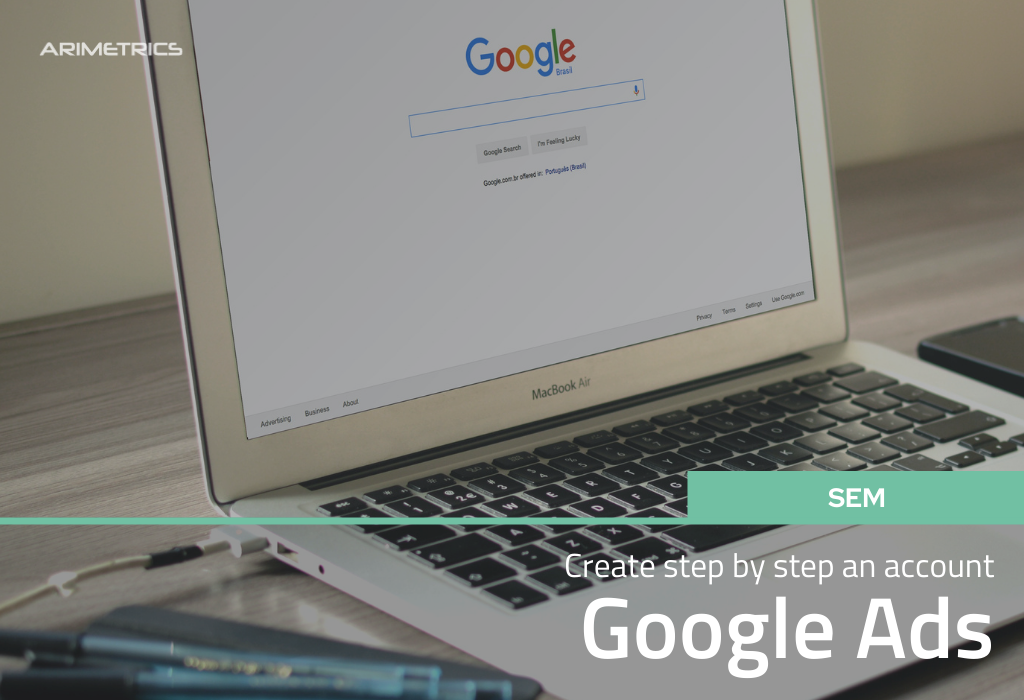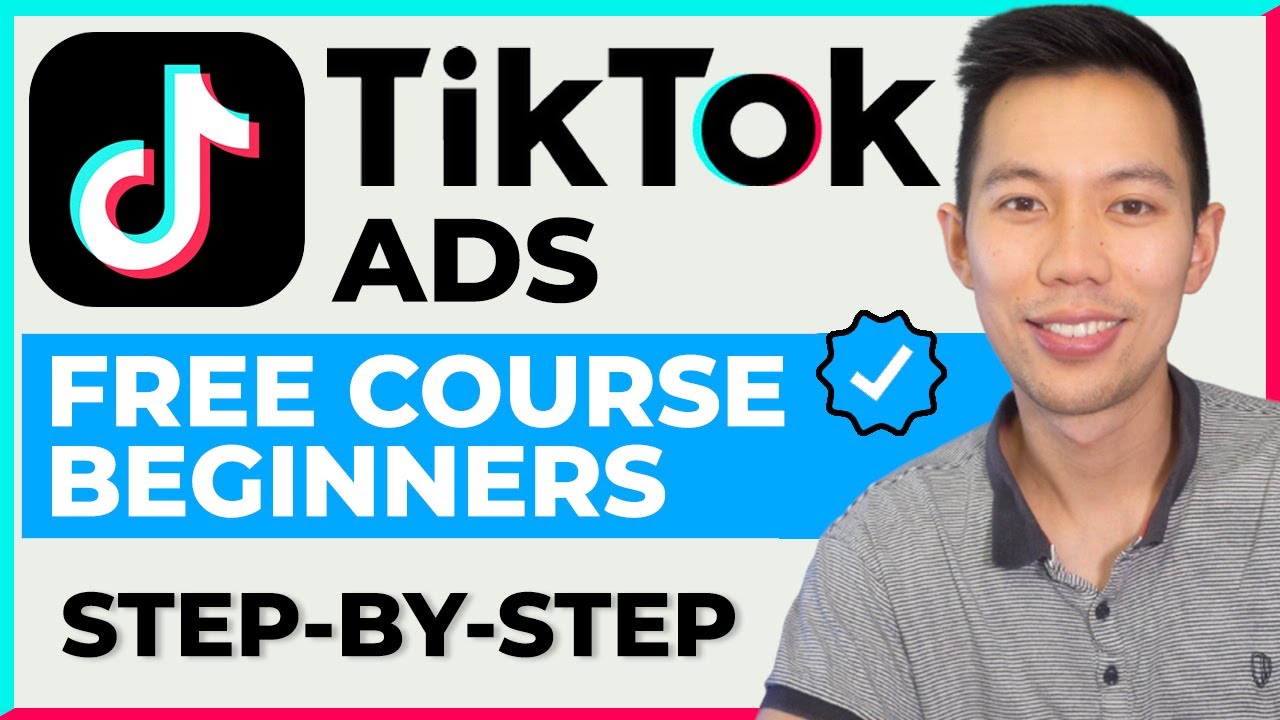
A viral marketing example can be anything. While video is most popular, viral marketing examples can also include images or photos. Budweiser's Ice Bucket Challenge Campaign, Dietz & Watson’s ALS Ice Bucket Challenge or Hush Puppies' viral Marketing Campaign are examples of successful campaigns. There are also other types and examples of viral marketing.
Budweiser's viral marketing campaign
Budweiser's "Give Damn" social media campaign was launched earlier in the year to increase public awareness about drunk driving. They asked social media users to spread word about the brand. By leveraging social media, Budweiser was able to prove that millennials can still enjoy their product.
This ad came at a crucial time, considering the controversy surrounding the US travel ban. The campaign reminded viewers of America's rich heritage that celebrates diversity. The viral campaign made an impact and was a huge success. Budweiser also launched two new events thanks to the advertisement: the Made In America Festival as well as the Budweiser County Club.

ALS Ice Bucket Challenge
It is important to have the right mix to make a campaign viral. One example of this is the ALS Ice Bucket Challenge. It is more common for people to share a challenge that targets strange emotions. This campaign also targeted a specific demographic that tends to share things online. Fortunately, the ALS Ice Bucket Challenge did exactly that.
The ALS Ice Bucket Challenge has become one of the most popular viral marketing examples this summer. Participants are required to film themselves pouring ice water on their heads, and then challenge three others to do the exact same. Three participants will be asked to film themselves pouring ice water over their heads and challenge three others to do the same. The money collected is used to support research for a cure. It has also garnered immense awareness for the cause.
Dietz & Watson's viral marketing campaign
Philadelphia-based deli Dietz & Watson teamed with Sailor Jerry Spicedrum for a new Super Bowl advertising campaign. This move combines humor with marketing tactics. Taking its name from the popular sitcom, the new marketing campaign is tied to the show's premiere, which features a recipe for rum ham. Although the original campaign was intended for children, it now includes charcuterie and snack items as well as sandwich condiments. Sailor Jerry's 92 Proof Rum is paired with the rumham. This campaign, accompanied by targeted paid posts, will be a success, as will Dietz & Watson's new pop-up shop.
Hot dog bites or charcuterie platters can be ordered for Halloween parties. RTO+P helped launch the company's viral marketing campaign today. The ad campaign featured Craig Robinson, an actor from The Office. The ads were broadcast on television, online, YouTube True View and addressable television. They played into the Super Bowl hype. Pop-up shops and merchandise were also created to promote the campaign.

Hush Puppies viral marketing campaign
In order to create a viral marketing campaign that could reach a global audience, Hush Puppies worked with a leading digital agency, Wakhra Studios, in 2013. Wakhra combines emotional messaging with digital videos and social media to create memorable and powerful brand experiences. The company is especially interested creating campaigns that appeals to the emotions of consumers and make them feel.
Greg Tunney, the former global president at R.G. International, was selected by the company to be the new leader. Barry Brands. Although Husky is a global brand, it has neglected the domestic market. This accounts for 90% of Husky’s revenue. The brand has redesigned its product range and added new designers to the lineup in an effort to attract new customers. In May, the brand also introduced a line of footwear for men.
FAQ
How much does it take to advertise on social networks?
Social media advertising is expensive if you choose to take this route. You will be charged monthly based on how much time you spend on each platform.
Facebook - $0.10 Per 1,000 Impressions
Twitter - $0.20/1000 impressions (if applicable)
If you send invitations, Linkedin: $0.30 per 1,000 impressions
Instagram - $0.50/1000 impressions
Snapchat - $0.60 per 1,000 impressions ($0.40 per user)
YouTube - $0.25 for 1,000 views
Tumblr – $0.15 per 1000 impressions for text postings
Pinterest - $0.05 per 1,000 impressions per month
Google + - $0.15-$0.20 per 1 million impressions
Tumblr $0.15- $0.20 for 100,000 impressions
Vimeo - $0.20 - $0.25 for 10,000 impressions
Soundcloud - $0.20-$0.25 per 1 million plays
StumbleUpon - $0.20 -$0.25 per 1 billion pageviews
Digg - $0.20- $0.25 for 1000 diggs
Reddit - $0.20-$0.25 per 1000 comments
Wordpress - $0.20--$0.25 per 500 comments
Flickr - $0.20 -- $0.25 per 5,000 photo uploads
Why should you use social media to promote your business?
Social Media Marketing, or SMM, allows you access customers directly on social networks, such as Facebook, Twitter LinkedIn YouTube YouTube Google+. You can also target specific segments within these networks with keywords.
Because this advertising method costs less online than traditional methods, it's more cost-effective. This allows you to establish strong relationships with current and future clients.
It is simple to get started using social media for your business promotion. All you need is access to the Internet and a smartphone.
Radio advertising: What are your options?
You should understand how the different types of media affect each other. The most important thing to remember is that all forms of media are complementary rather than competitive.
Radio is best used to complement television advertising. It enhances television by reinforcing important messages and providing additional details.
Radio listeners may find TV commercials too long. Radio ads tend to be shorter and more affordable.
How do I choose my target market?
Start with yourself, and the people closest to you. Ask yourself "Who am I trying reach?" if you aren't sure where to start.
Ask yourself these questions. Who are the most influential people within my industry? What are their biggest challenges? Which are the smartest people working in my field? They hang out online.
Start at the beginning of your business. What motivated you to start your business? What problem were you able to solve and how did this happen?
These questions will enable you to identify your ideal client. This will allow you to learn more about your ideal customers and their motivations for buying from you.
You can also look at your competitors' websites and social media pages to find clues about whom they cater to.
Once you have identified the target customers, it is time to decide what channel(s) you want to use to reach them. For example, if your company provides services to real estate agents, you might create an informational website targeting home buyers.
If your company provides software to small businesses, you might consider creating a blog for those owners.
A Facebook page for teens could be set up if you are a clothing seller. You could also set up a Twitter account if your restaurant is a business owner to help parents find kid-friendly restaurants.
This is the point: There are many ways to communicate your message.
What is branding?
Branding is a way to communicate who and what you are. It's how you make people remember you when they hear your name.
Branding is about creating a memorable brand identity for your company. A brand is not just a logo but also includes everything from your physical appearance to the tone of voice used by employees.
Customers feel more confident buying from your company if they have a solid brand. They know what they're getting. Customers feel confident in choosing your products to those of their competitors.
Apple is a prime example of a company with a strong brand. Apple is a globally recognized brand because of its beautiful design, high-quality product lines, and friendly customer service.
Apple's name is synonymous with technology. People think of Apple whenever they see a computer or smartphone.
Before you launch a new business, it is worth creating a brand. This will give your business a personality and face.
What is affiliate marketing?
Affiliate marketing is an online model that allows you to earn commissions for referring customers to other websites. If someone buys from your product, you get paid by the owner.
Affiliate marketing relies on referrals. Referring people to your website is all that's required. You just need to refer them to our website.
Making money doesn't require any hard selling. It's just as easy to sell as it is to buy.
It takes just minutes to set up an account as an affiliate.
The more people you refer, the more commission you will receive.
There are two types.
-
Affiliates who own their own websites
-
Affiliates working for companies offering products or services.
Advertising: What does it mean?
Advertising is an art form. Advertising isn't just about selling products. It's all about creating emotional connections between people with brands.
Advertising is about sharing stories and using images for ideas.
It is important to communicate clearly and persuasively. Your target market should be able to relate to the story you tell.
Advertising is thus different from other forms, such public speaking, writing, and presentations.
Because when you create a successful ad campaign, you are creating a brand identity for yourself.
This is how you are memorable. People want to remember you.
Statistics
- It collects money from the advertisers, keeps 32% for its role in facilitating the process, and the remaining 68% goes to the publisher (you). (quicksprout.com)
- Advertising's projected distribution for 2017 was 40.4% on TV, 33.3% on digital, 9% on newspapers, 6.9% on magazines, 5.8% outdoor, and 4.3% on radio. (en.wikipedia.org)
- Google will display whichever ad type (CPM or CPC) is expected to earn more revenue for the publisher, which is in Google's best interest since they take a 32% share of the revenue. (quicksprout.com)
- It's 100% reliant on your website traffic. (quicksprout.com)
External Links
How To
What is the best way to advertise on Google?
AdWords is Google's advertising platform where businesses can buy ads based on keywords they want to target. Your account is the first step. You select a campaign name, set the budget, choose the ad type (text, image, video), and add keywords. You then bid on these keywords. When someone clicks one of the ads you place, they pay only if that click comes from someone who searched with one of your targeted keywords. This way, you get paid even when people don't buy anything.
Google offers many tools that will help you make your ads more effective. These tools include Ads Preferences Manager Manager and Keyword Planner. These enable you to determine what is most effective for your business.
The keyword planner will help you decide which keywords you should use in your campaigns. You can also see how competitive certain keywords are, which will help you decide whether to spend money bidding for them.
To change settings such as the maximum number per day or the minimum cost per Click, you can use Ads Preferences Manager
Analytics allows you monitor and compare the performance to your ads against other companies. You can view reports that show how your ads performed in comparison to other ads.